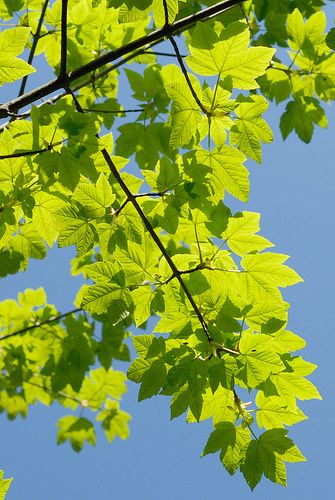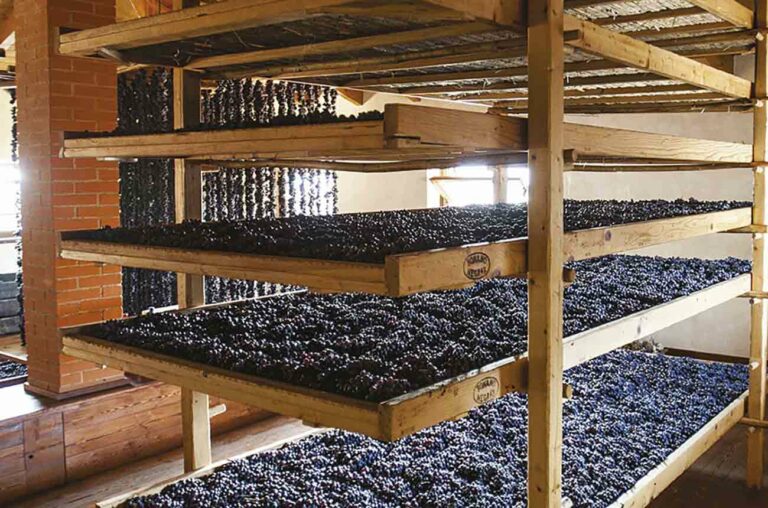Introduction
The Aceraceae family, commonly referred to as the Maple family, is a plant family that is primarily composed of the maple tree genus (Acer). This family is characterized by its deciduous trees and shrubs, which are known for their vibrant fall foliage and significant economic value, particularly in the production of timber and maple syrup.
Taxonomy and Classification
The Aceraceae family, per the Angiosperm Phylogeny Group (APG) classification system, falls under the order of Sapindales. This family comprises two genera: Acer (Maples) and Dipteronia, though the latter is often classified under the Sapindaceae family in certain taxonomic systems. The Acer genus is the most diverse, with around 128 species widely distributed across the Northern Hemisphere, including North America, Europe, and Asia (van Gelderen et al., 1994).
Characteristics and Morphology

Members of the Aceraceae family exhibit a wide range of morphological diversity, but they share common characteristics. They are predominantly deciduous trees or shrubs, with opposite, typically palmate leaves. The leaves are known for their brilliant fall colors, resulting from the breakdown of chlorophyll and the unmasking of carotenoids and anthocyanins.
The flowers of Aceraceae are small and appear in clusters, often before the leaves. They are typically unisexual or hermaphroditic, and their fruit is a type of winged seed known as a samara (de Jong, 2004).
Ecology and Distribution
The Aceraceae family has a broad geographic distribution, predominately in the temperate regions of the Northern Hemisphere. They are integral parts of various ecosystems, contributing to biodiversity and providing habitats and food sources for many fauna species.
Economic Importance
Aceraceae, particularly the Acer genus, has significant economic value. The timber of several species, such as Acer saccharum (sugar maple) and Acer pseudoplatanus (sycamore maple), is used in furniture making and flooring (Houck et al., 2010). Maple syrup, a valuable agricultural product, is derived from the sap of sugar maples.
Furthermore, several Acer species are popular ornamental trees due to their attractive foliage and growth habit, oftentimes planted in parks, gardens, and along streets (Gilman and Watson, 1993).
Conservation
Several Acer species are threatened by habitat loss, climate change, and overexploitation. Conservation efforts, including habitat preservation, seed banking, and cultivation in botanical gardens, are crucial for their survival. The IUCN Red List categorizes certain Acer species as vulnerable or endangered, highlighting the need for continued conservation focus.
Conclusion
The Aceraceae family, though small in genera diversity, plays a significant ecological and economic role. Its members, especially the maples, are a beacon of fall with their vibrant foliage, provide timber and sweet syrup, and enhance urban landscapes. Despite their value, many of these species face conservation challenges, underlining the importance of further research and protective measures.
Test Your Maple Knowledge!
Answer the following questions to check your understanding of the article on the Aceraceae family (Maples).
References
APG IV (2016). An update of the Angiosperm Phylogeny Group classification for the orders and families of flowering plants: APG IV. Botanical Journal of the Linnean Society. 181(1), 1-20.
Archetti, M., et al. (2009). Unravelling the evolution of autumn colours: an interdisciplinary approach. Trends in Ecology & Evolution, 24(3), 166-173.
de Jong, P. C. (2004). Flowering and sex expression in Acer L. (Aceraceae). Plant Systematics and Evolution, 245(3-4), 185-209.
Gilman, E. F., & Watson, D. G. (1993). Acer saccharum: Sugar Maple. Environmental Horticulture, University of Florida.
Houck, M., et al. (2010). Identification of American (Quercus spp.) and European oak wood (Quercus robur, Quercus petraea) and differentiation of red and white oak by FT-NIR spectroscopy. Journal of Agricultural and Food Chemistry, 58(9), 5310-5315.
Pallardy, S. G. (2008). Physiology of Woody Plants. Academic Press.
Perkins, T. D., & van den Berg, A. K. (2009). Maple syrup—Production, composition, chemistry, and sensory characteristics. Advances in Food and Nutrition Research, 56, 101-143.
Rivers, M. C., et al. (2019). Conserving the world’s most threatened trees—A global view of the GTC’s conservation achievements over the past decade. Plants, People, Planet, 1(2), 128-143.
USDA-NRCS Plants Database. Aceraceae Juss. maple family.
Van Gelderen, D. M., et al. (1994). Maples of the World. Timber Press.







